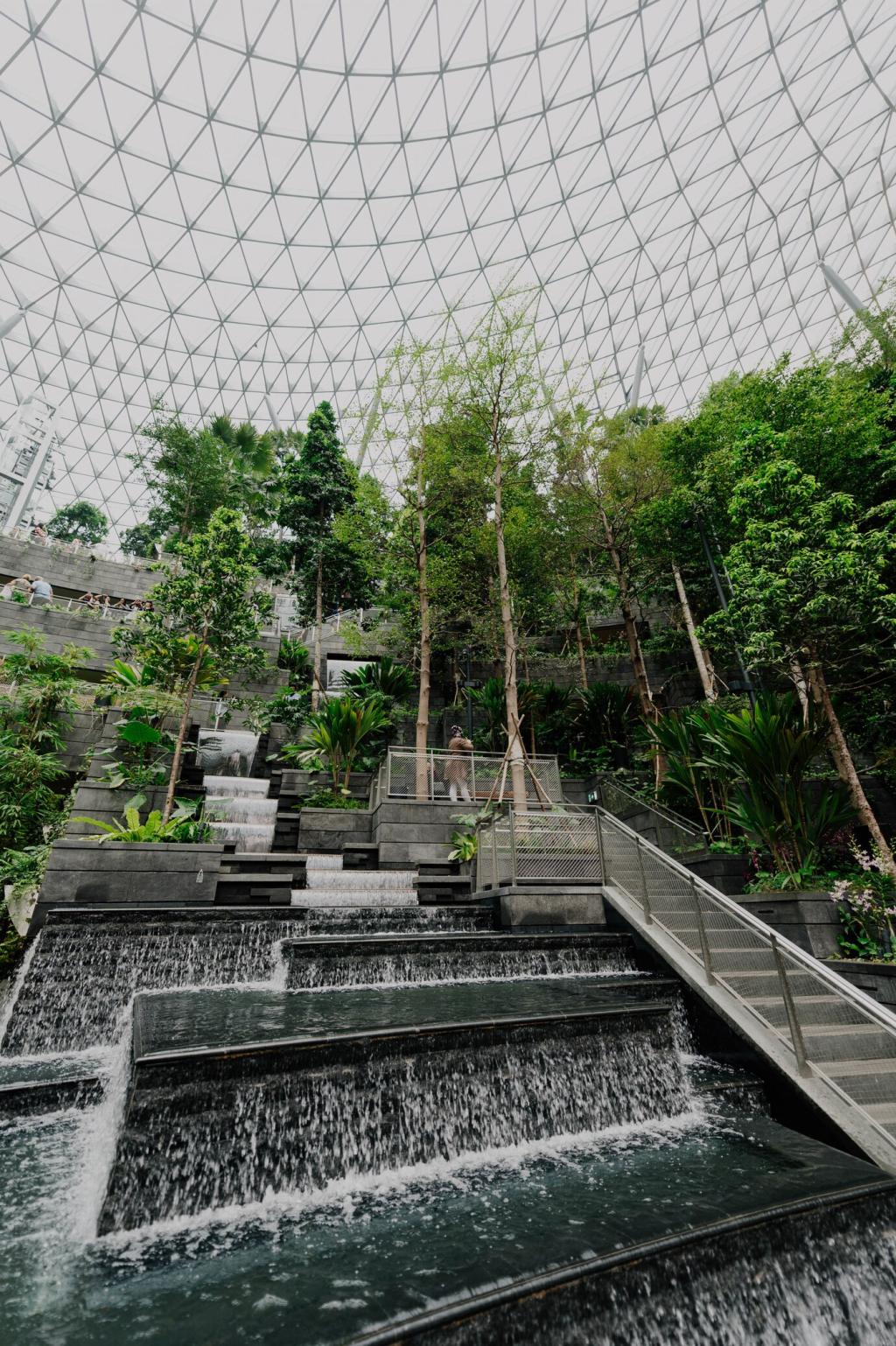
Redefining Eco-Friendliness: Innovative Materials in Sustainable Architecture
The evolution of sustainable architecture has transformed the way we think about environmental stewardship, with innovative materials leading this green revolution. From the foundations to the finishing touches, architects are moving beyond traditional building options to embrace novel substances that minimize ecological impact, enhance building performance, and inspire a new generation of design. This exploration delves into the pivotal role innovative materials play in redefining what it means to be truly eco-friendly in the built environment.
Revolutionizing Building Materials
Biomaterials harness the power of nature to offer sustainable alternatives in construction. Derived from renewable sources like bamboo, mycelium, and even algae, these materials offer impressive strength and versatility while reducing dependence on resource-intensive options such as steel or concrete. Their life cycle can be circular, meaning they return safely to the environment after use, significantly lowering waste and emissions. The development and adoption of biomaterials underscore a growing understanding that sustainability is achievable when we design in harmony with natural processes, fostering buildings that are not only less damaging to our planet but also more resilient and adaptive to future needs.

Energy Efficiency Through Material Innovation
High-Performance Insulation Solutions
One of the cornerstones of energy-efficient architecture lies in cutting-edge insulation materials that far surpass traditional fiberglass options. Aerogels and vacuum insulation panels, for instance, offer remarkable thermal resistance within thinner profiles, making them invaluable in the quest for compact, energy-saving buildings. These advancements help maintain stable indoor temperatures despite external weather changes, reducing the need for artificial heating and cooling. As a result, occupants enjoy increased comfort while overall energy consumption plummets, illustrating how meticulously chosen materials can foster a healthier relationship between buildings and their environments.
Next-Generation Transparent Materials
Modern architecture’s quest for daylight and transparency is undergoing a sustainable renaissance thanks to advances in glass and window technology. Low-emissivity coatings and smart glazing enable better control over solar gain, allowing sunlight to illuminate interiors without the usual thermal penalties. These innovations can dynamically adjust according to environmental conditions, optimizing natural light and reducing reliance on electrical lighting and temperature control systems. The result is buildings that are visually stunning, light-filled, and markedly less energy-intensive, proving that beauty and eco-friendliness can coexist through material ingenuity.
Phase-Change Materials for Thermal Regulation
Phase-change materials (PCMs) have emerged as a powerful tool for moderating indoor climates and minimizing auxiliary energy use. Stored within walls, ceilings, or floors, these substances absorb and release thermal energy as they transition between solid and liquid states. By passively regulating temperature swings, PCMs lessen the demand on HVAC systems, lower operational costs, and improve occupant comfort. Their integration marks a step toward buildings that intelligently balance thermal loads using nothing more than material science, providing a passive pathway to a more sustainable architectural future.

Circularity and Waste Reduction
Prefab and modular construction techniques are thriving thanks to innovative materials that make transportation, assembly, and eventual disassembly more efficient and sustainable. These systems utilize lightweight, durable, and reusable components that can be easily reconfigured or recycled, drastically minimizing site waste and construction time. The flexibility inherent in modular materials enables buildings to adapt to changing needs over their lifespans, and at the end of their use, components can be efficiently repurposed or reintegrated into new projects, solidifying their role in a truly circular building economy.

Join our mailing list
